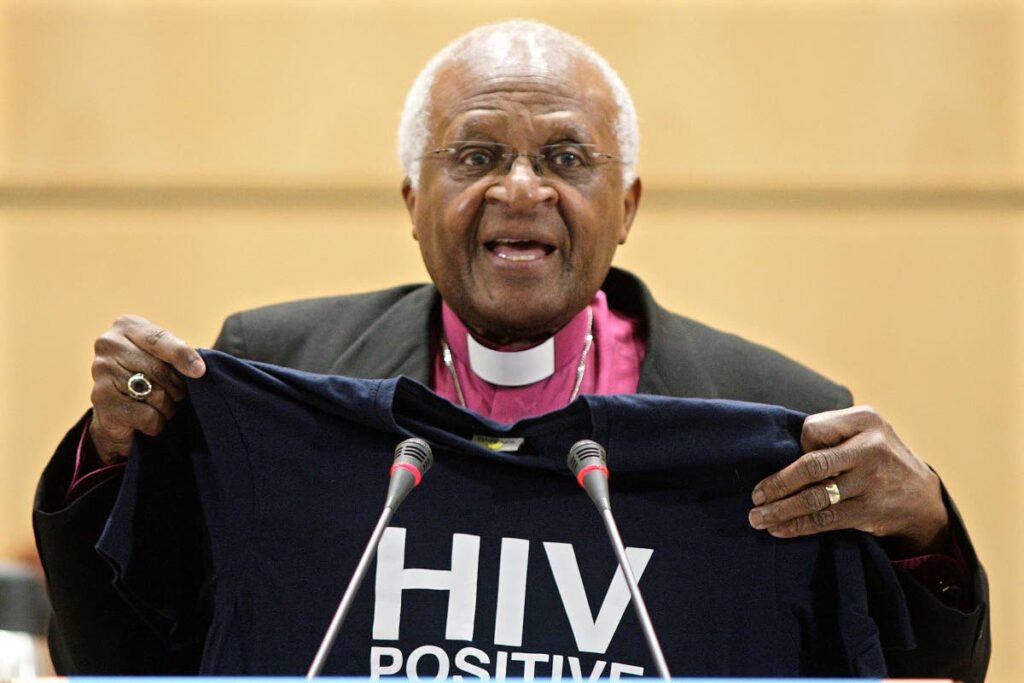Desmond Tutu’s rainbow people

THE SHEER breadth of voices who have paid tribute to Desmond Tutu – the South African Anglican archbishop, Nobel Peace Prize laureate and anti-apartheid activist who died on Sunday at 90 – matches the often-unacknowledged scope of his vision for what he famously termed the “rainbow people of God.”
Archbishop Tutu’s designation of TT as a rainbow nation was not simply an effort to flatter. It was the natural expression of a world view arguably informed by his background as a cleric.
In the Bible’s Old Testament story of Noah and the Flood, a rainbow appears after God promises never again to destroy all Earth’s creatures. The rainbow is a sign of peace. It is a sign of prosperity. It is also a sign of harmonious diversity.
“Look at your hands – different colours representing different people,” Archbishop Tutu was fond of telling audiences in his native South Africa. “You are the rainbow people of God.”
Archbishop Tutu campaigned powerfully against racism. But he was also a fierce advocate for gay rights, long before it was a fashionable thing. In 1998, when his church reaffirmed its opposition to same-sex acts, he said, “I am ashamed to be an Anglican.” In 2007 he declared: “If God, as they say, is homophobic, I wouldn’t worship that God.”
Tutu regarded discrimination against homosexuals as being the equivalent to discrimination against black people and women. In terms of fighting misogyny, he oversaw the ordination of female priests in the Anglican church. His outspokenness also saw him highlight the need to combat HIV/AIDS. He opposed the Iraq War and was concerned about the Israel-Palestine conflict, among many other causes. Indeed, in later years he often expressed opposition to some of the policies of Nelson Mandela himself, whom he had fought alongside.
All of this advocacy, however, was the last movement of an extraordinary story that arguably began with his non-violent campaign against the brutal apartheid regime in South Africa. When he was awarded the Nobel Peace Prize in 1984, the committee saluted him for his clear views and his fearless stance, characteristics which had made him a unifying symbol for all freedom fighters.
At a time when the world is deeply divided and seemingly intent on maintaining all manner of sectarian conflicts, it is hard to overstate the impact of the model set by the Truth and Reconciliation Commission, which Archbishop Tutu chaired after the end of apartheid in the mid-1990s. Instead of placing emphasis on retribution, that commission turned the focus to reparation. Or at least, it tried to.
Like Martin Luther King Jr, Desmond Tutu had a dream. In later years, he often questioned whether his rainbow vision had really been achieved. If it has been, it is for all whom he has left behind to realise it.

Comments
"Desmond Tutu’s rainbow people"